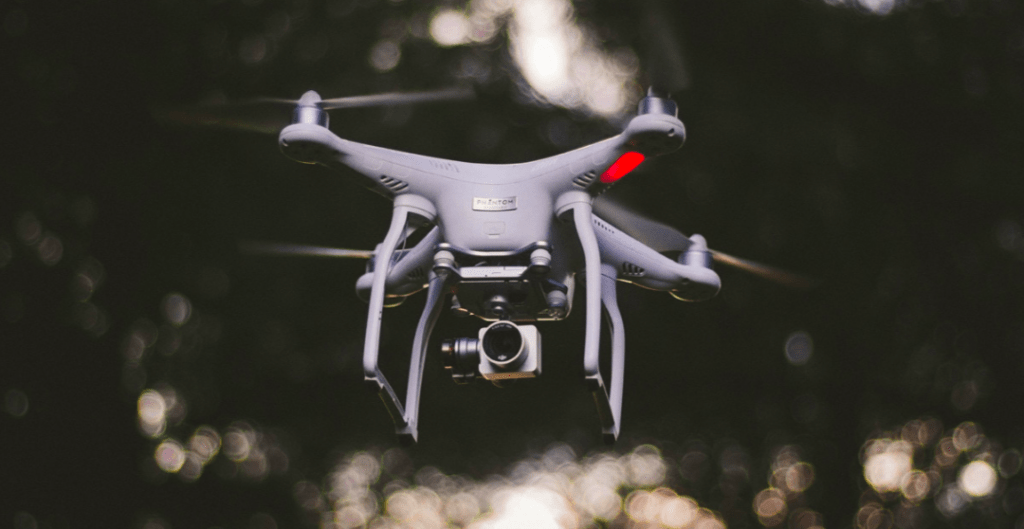Counter drone technology firm Dedrone recently completed a nine month study on the subject of drones over correctional facilities. The results are frightening – and demonstrate exactly why the industry needs counter drone technology to be implemented over prisons and other sensitive facilities.
If you really want to scare yourself (perhaps more about the persistant idiocy of the human race than about drones specifically – forgive the editorial intrusion), check out Dedrone’s Drone Incident page. But nonetheless, the examples the whitepaper provides about the impact of drones over prisons are significant, and it is unsurprising that regulators and prison authorities are pushing for heavier regulation. Here are just two examples:
- Ohio DOC fends off riots after drone drops contraband: One of the first publicly documented drone incidents occurred in 2015 when the Ohio Department of Rehabilitation and Corrections reported a yard fight broke out between 75 inmates after a drone dropped off a package in the yard. 144.5 grams of tobacco, 65.4 grams of marijuana and 6.6 grams of heroin were dropped from the air. A fight ensued and the package was thrown out of sight into the prison’s south yard. Officers had to use pepper spray to get the situation under control, and inmates were later strip-searched before being allowed to return to their cells.
- South Carolina DOC reveals maximum-security prison break with assistance from drone contraband: After testing out drone deliveries, inmates were able to acquire more creative tools to support not only their drug habits but also test out the physical security of the facility. In 2017, South Carolina Department of Corrections reported a drone-assisted prison break. A prisoner broke out of a maximum-security prison using a cell phone to coordinate his movement, a makeshift dummy to throw off patrol officers, and a critical tool delivered via drone – wire cutters. After breaking through fences, the fugitive triggered a manhunt. Law enforcement apprehended him, and he was captured with a semi-automatic pistol, a pump shotgun, $47,654 in cash and four cell phones.
Smuggling, drugs, riots and prison breaks are all the stuff that bad dreams and terrible publicity are made of. While regulators have already enacted laws designed to prevent flight over prisons, more laws don’t do much to to deter criminals. Counter drone solutions may be far more effective – both at stopping criminal drone flights and saving the industry from ever more draconian laws and penalties.
Fortunately, the study was also a test case for the Dedrone drone detection technology. (The study results show more than 40 attempted drone flights over one facility in a single month – evidence that current regulations are not keeping all law abiding drone operators out of the air, or that there are more bad actors than imagined.) Detection technology allows authorities to prepare for threats and mitigate the consequences – and also provides information that will allow prosecution of drone operators who break the law. That’s something that regulation alone can’t do.
Miriam McNabb is the Editor-in-Chief of DRONELIFE and CEO of JobForDrones, a professional drone services marketplace, and a fascinated observer of the emerging drone industry and the regulatory environment for drones. Miriam has penned over 3,000 articles focused on the commercial drone space and is an international speaker and recognized figure in the industry. Miriam has a degree from the University of Chicago and over 20 years of experience in high tech sales and marketing for new technologies.
For drone industry consulting or writing, Email Miriam.
TWITTER:@spaldingbarker
Subscribe to DroneLife here.
